Brazilian Jeep® Compass and Commander Get Bio-Hybrid System
Bio-Hybrid System Will Allow Them To Run Short Distance In All-Electric Mode...
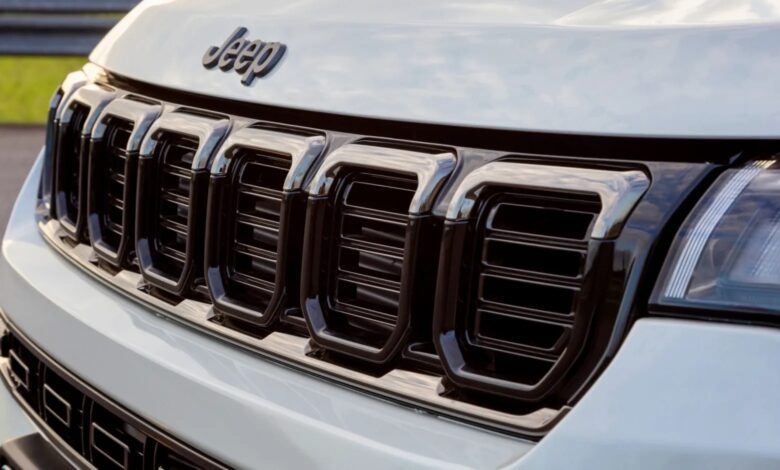
Stellantis is accelerating its push to introduce bio-hybrid powertrains to the Brazilian market in the shortest time possible. The automaker is working furiously to launch the powertrain by the end of 2024. According to multiple sources, Stellantis will launch the new bio-hybrid technology in vehicles like the Fiat Pulse and Fastback, as well as the Jeep® Compass and Commander.
The bio-hybrid technologies, developed at the Stellantis Tech Center in South America, were created in collaboration with suppliers, researchers, and other partners within the innovation ecosystem. These technologies are designed to be versatile and applicable to various models Stellantis produces across all its regional automotive facilities.
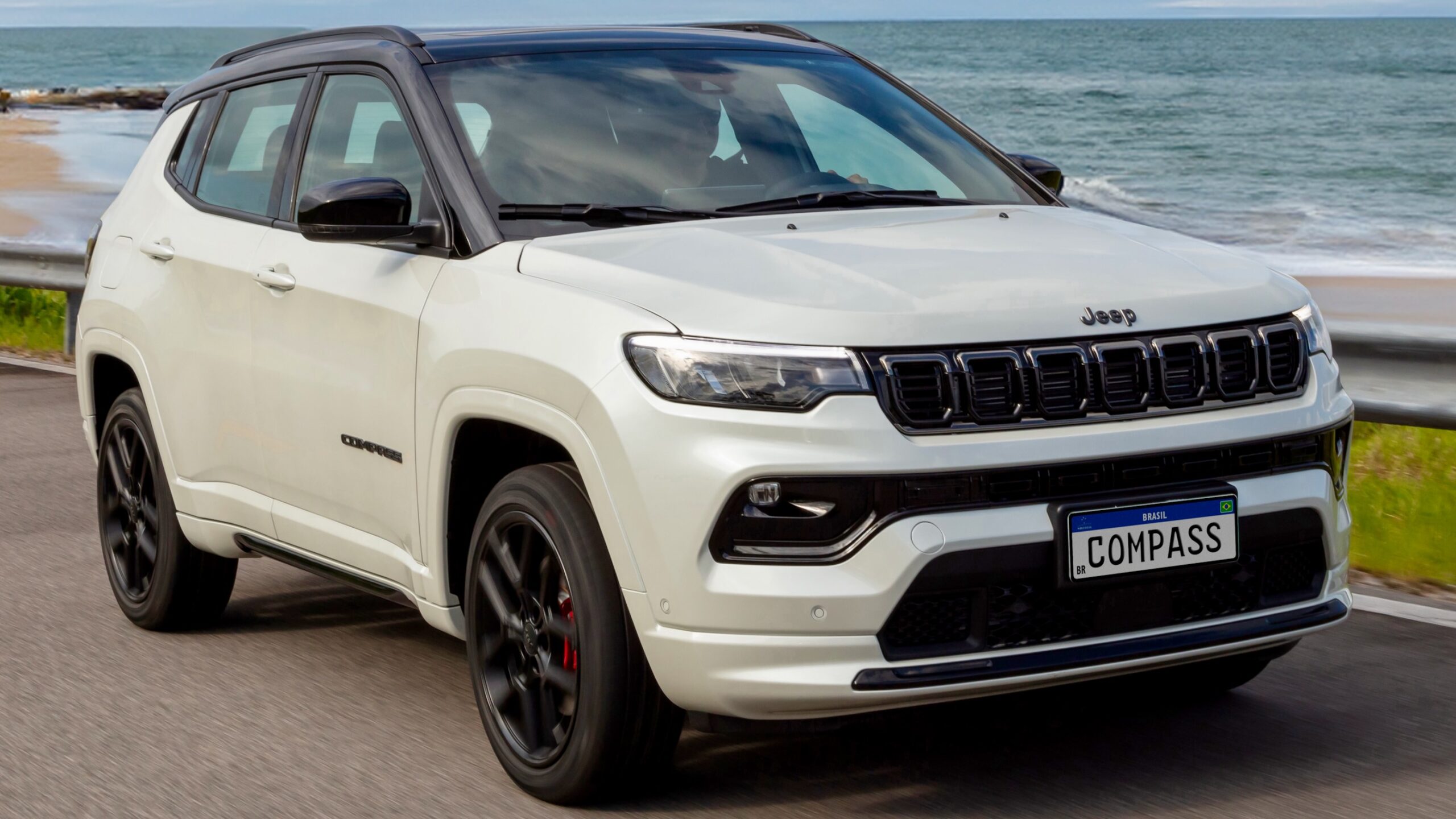
A Stellantis executive confirmed that the first vehicles using the bio-hybrid system will be associated with the Turbo 200 (turbocharged 1.0-liter inline-three-cylinder) and Turbo 270 (turbocharged 1.3-liter inline-four-cylinder) engines from the Stellantis Global Small Engine (GSE) family.
The bio-hybrid powertrains use bio-fuels such as ethanol and help reduce greenhouse gas emissions while combining internal-combustion-engine technology with electrified powertrain support on three different levels.
Advanced 48-Volt Micro-Hybrid System –
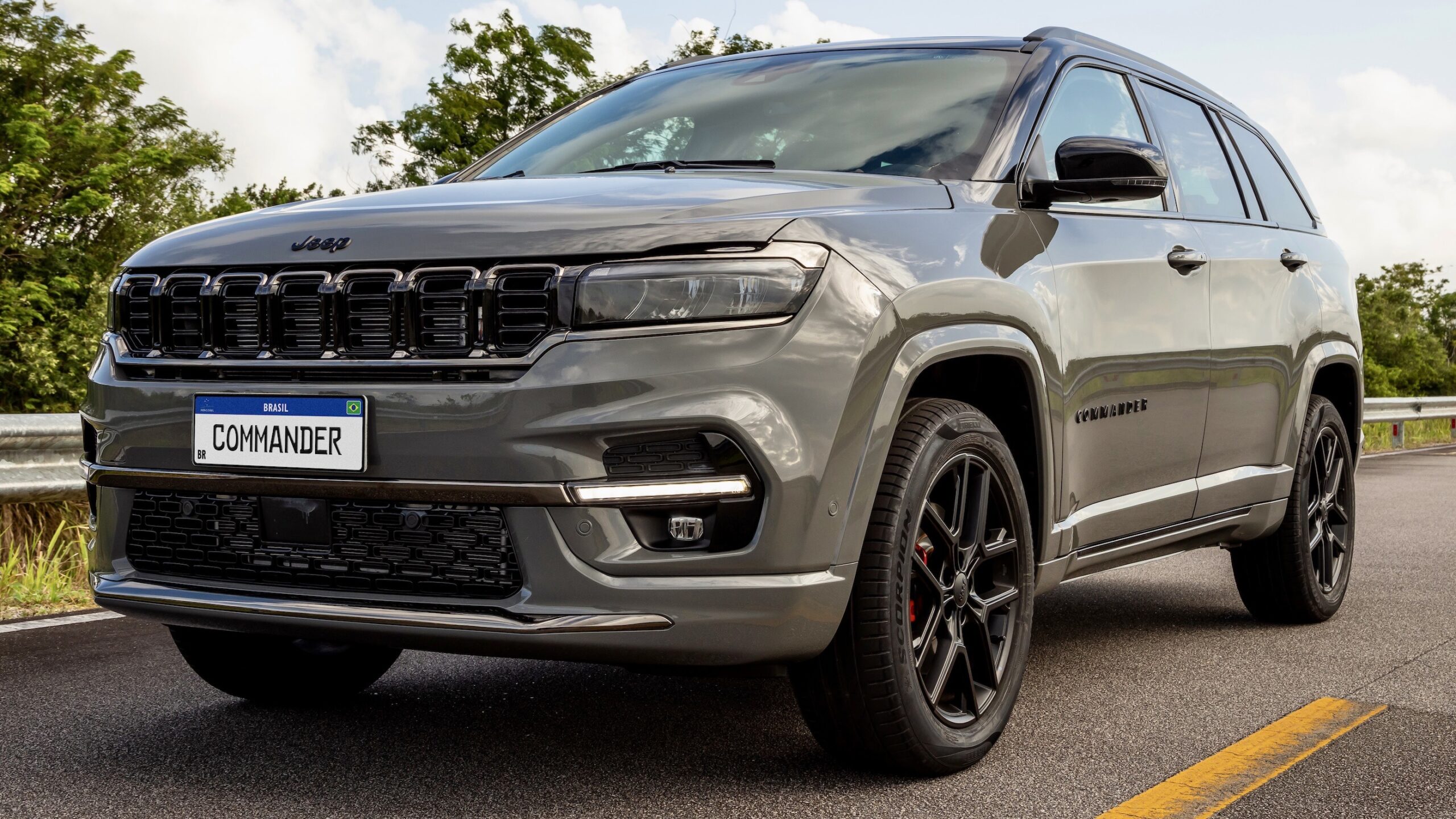
Both the Compass and Commander bio-hybrid models will feature a more advanced 48-volt micro-hybrid system, distinguishing them from the 12-volt system that will be used in the aforementioned Fiat models. This system aims to emulate a hybrid-electric vehicle (HEV).
During the company’s bio-hybrid platforms’ presentation in July last year, Stellantis engineers described the bio-hybrid e-DCT technology as a “micro-hybrid” or MHEV, causing some confusion among journalists. Although initially presented as a ‘full hybrid’ (HEV) with the potential to drive wheels using the electric motor, this is not entirely accurate.
How the System Works –
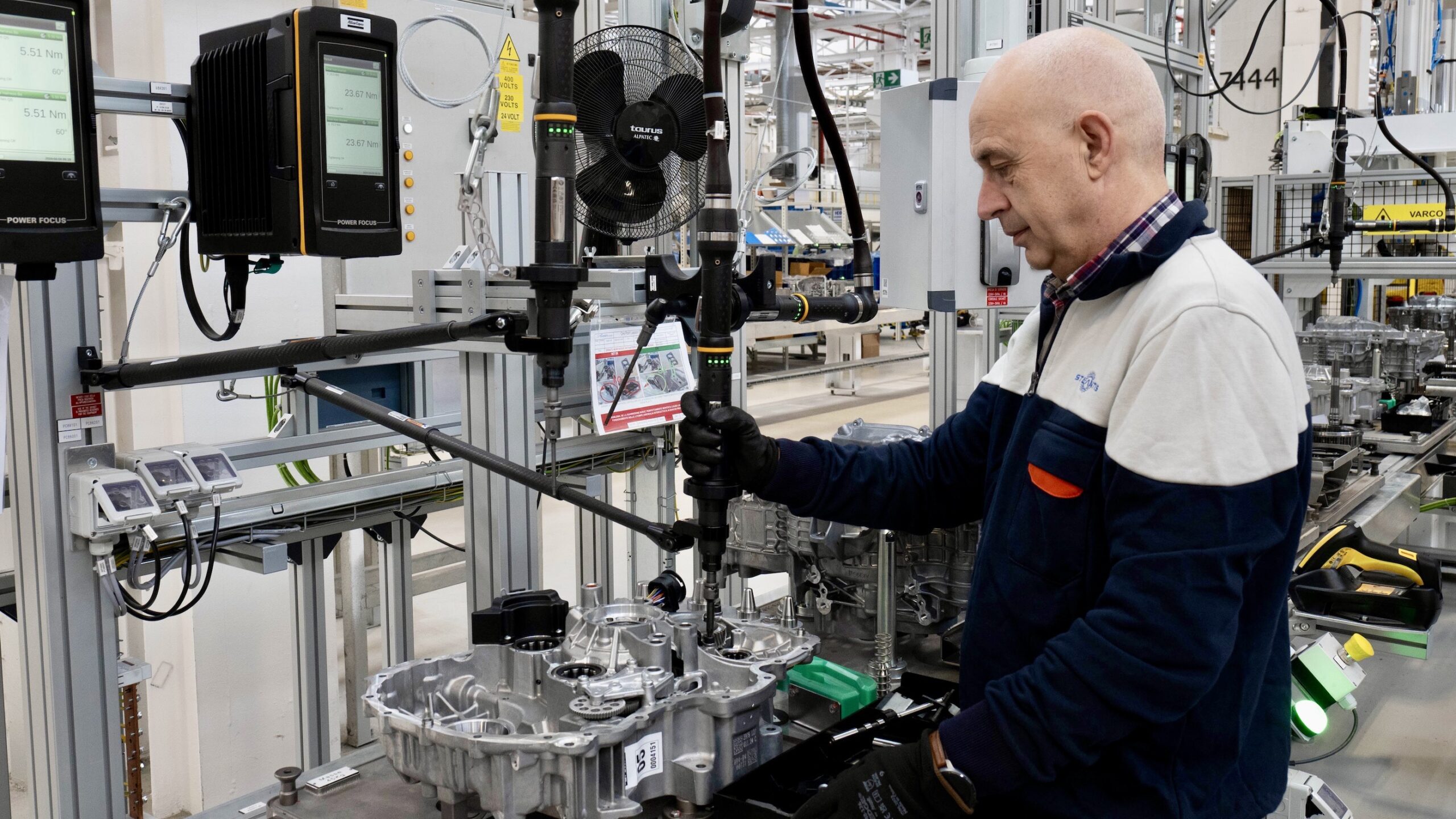
The new Jeep bio-hybrid e-DCT will use 48-volt flex MHEVs with a more powerful electric motor compared to the ones used with the 12-volt system on the Pulse and Fastback. These are not true HEVs since the electric motor is less powerful and drives the wheels only at specific times.
The Compass and Commander bio-hybrid models will use the Turbo 270 engine, producing 180 horsepower with gasoline (185 horsepower with ethanol), paired with an electric motor of about 30 horsepower. The entire setup is mated to a 6-speed dual-clutch automatic transmission, connected to a 48-volt starter motor. Lithium-ion batteries, with a capacity of 0.9 kWh, are placed under the driver’s seat, adding about 60 kg (132 lbs) to the weight of the SUVs.
Electric Driving Capability –
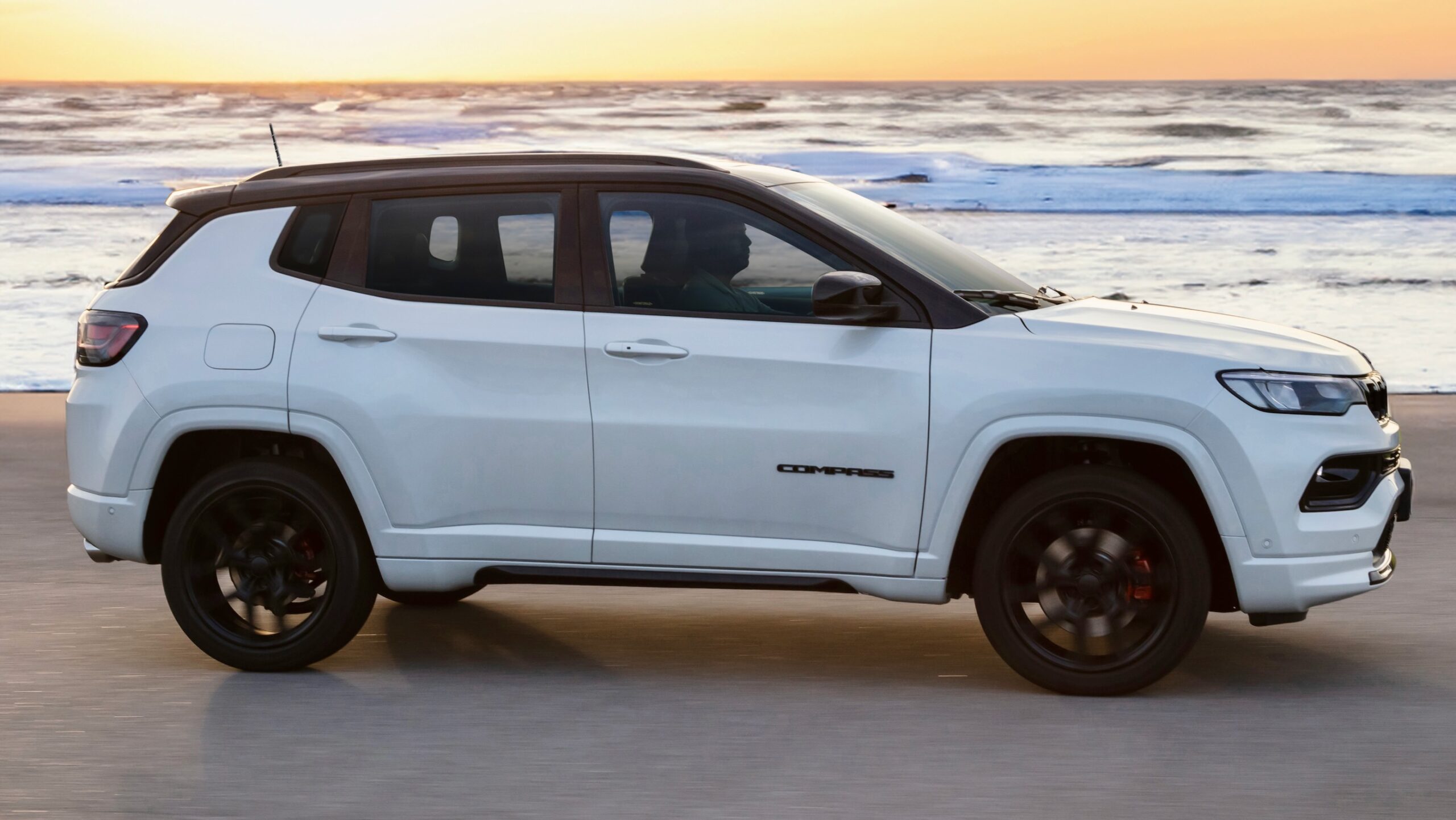
With this micro-hybrid system, the Compass and Commander bio-hybrids can be driven in all-electric mode in specific situations: during parking maneuvers and in traffic jams. The system allows the vehicles to travel up to 1 km (0.62 mile) in electric mode with the combustion engine off at a maximum speed of 30 km/h (18.5 mph).
Additionally, the bio-hybrid system includes regenerative braking, which helps recharge the batteries and enhances efficiency. This allows the Jeeps to offer an electric driving experience that competes with other hybrids. According to internal sources, the bio-hybrid e-DCT versions of the Compass and Commander will be between 7% and 20% more efficient, with an estimated fuel consumption of about 12 km/l (28.2 mpg) in the city with gasoline.
Future Prospects –
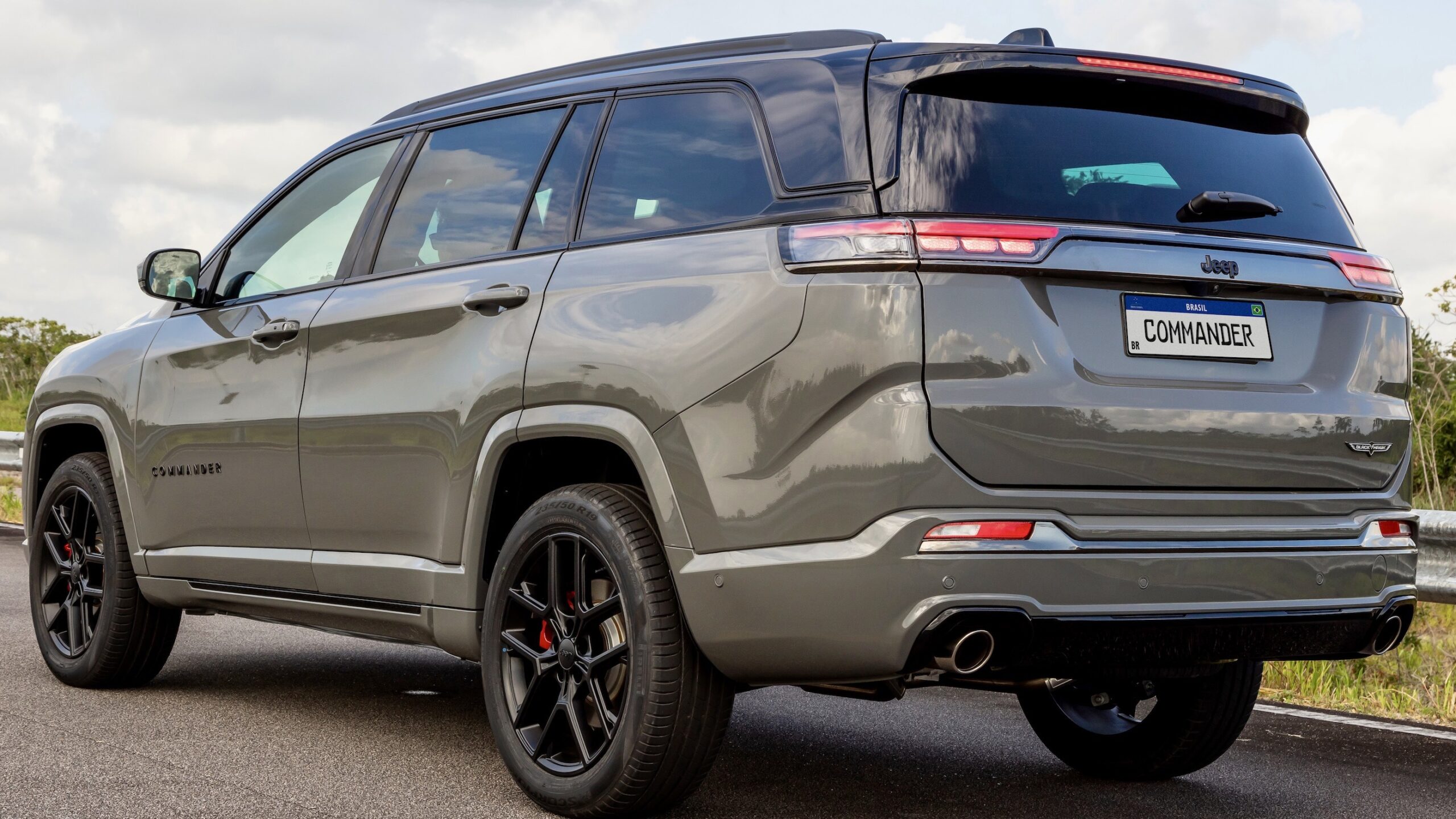
Despite the advanced features, Stellantis does not plan to produce a plug-in hybrid (PHEV) version for the Commander to join the Compass 4xe in the Brazilian market. Enthusiasts may have to wait for the next generation of the Compass for such advancements. Nonetheless, introducing the bio-hybrid powertrains marks a significant step in Jeep’s commitment to sustainability and innovation without having to adapt to more expensive all-electric solutions.

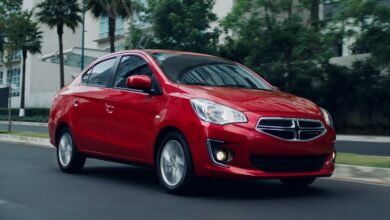

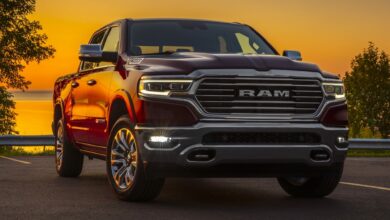
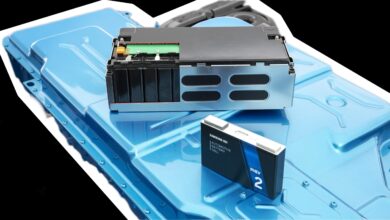

No replies yet
Loading new replies...
Join the full discussion at the Mopar Insiders Forum →